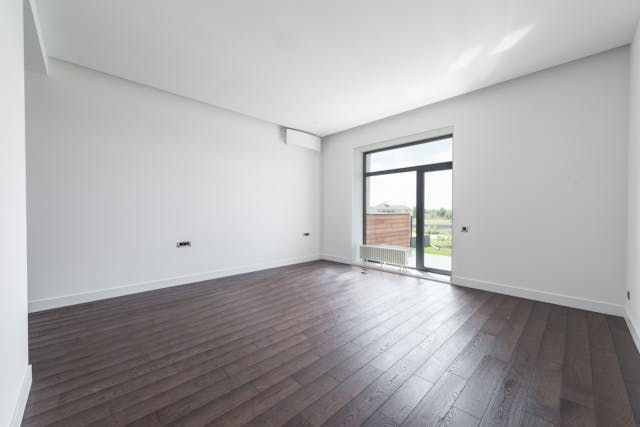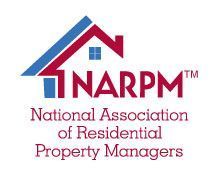What Are Lease Addendums?

Lease addendums, also known as lease addenda, are legal documents that are added to an original lease agreement. They contain information that was not provided in the original lease and are considered to be just as important as the rest of the lease. Once signed by both the tenant and property owner, a lease addendum becomes legally binding.
Addendums can be initiated by either the property owner or the tenant. Here are some important points regarding rental lease addendums:
- Types Of Addendums: Addendums can include various topics, such as pet policies, garage rental agreements, housekeeping expectations, swimming pool usage, co-signer requirements, internet access guidelines, and the property’s condition. These documents are typically written in simple language and run few pages only.
- What To Include: When writing a rental lease addendum, it is important to include the property owner's name, property address, tenant's name, the addendum points, consequences for breaking the addendum, effective date and any other relevant information. This information should be compliant with local property owner-tenant laws. The rules stated in an addendum are not optional and must be followed by both parties.
- Writing An Addendum: A rental addendum should be written in simple language and should clearly state the information added to the original lease. To make it binding for both parties, it must contain the signature of the owner and tenant.
- Why Use an Addendum: An addendum usually adds to the lease agreement or clarifies a clause in the lease agreement. It serves as a reference point for both the tenant and property owner regarding terms, rules, rights or responsibilities and reduces the chances of misunderstanding. It is also useful when the property owner wants to address specific needs of specific tenants.
- Lease Addendum Laws: It's important to note that rental lease addendums are subject to legal regulations for the protection of tenants. An addendum is not the same as an amendment, even though both are used interchangeably in the rental industry. An amendment is used to alter a part of the original document, whereas an addendum is used to add information that was not a part of the original agreement.
A property management company takes care of lease agreement and addendum signing between the property owner and tenant as part of their services. Hunter Rentals & Sales is a premier property management company specializing in rental property management in the Killeen, Harker Heights, Copperas Cove and Belton region. Please contact Hunter Rentals & Sales at 1503 W Stan Schlueter Loop, Killeen, TX - 76549. You can also visit
www.hunterrentals.com or call us at (254) 634 - 3311.







